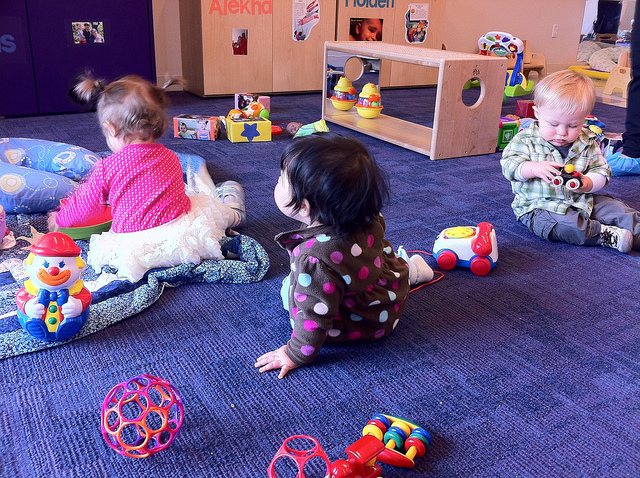Preschool vs Daycare
The distinction between preschool and daycare comes from their respective goals. The emergence of preschool and daycare is a result of nuclear families with working mothers and the need to prepare young children for formal education later in life. As a working mother, managing a young child can be challenging. Enrolling your child in an educational setting while you’re at work can help them be better prepared for formal education and increase their chances of getting into a reputable school. Understanding the differences between a preschool and a daycare will help you choose the best option for your needs.
In the past, it was up to an individual to decide whether to send their child to preschool or daycare to prepare them for school admission. However, due to working women, increasing population, and fierce competition among young children for admission to reputable schools, parents are now considering these options. Many people are unaware of the exact differences between a preschool and daycare. Both options strive to provide activities that stimulate cognitive, physical, and social abilities in children, while maintaining a playful environment for them to enjoy and learn.
What is Preschool?
Preschool is primarily designed to prepare your child for kindergarten admission tests in reputable schools. It is typically for children under the age of 5, which is the cutoff age for kindergarten admission. Preschools have fixed operating hours intended to help children adjust to educational environments. They may operate once a week or several times a week. The curriculum of a preschool is designed with the kindergarten admission test requirements in mind.
What is Daycare?
Daycare is more of a relief for working mothers, as it allows them to focus on their jobs knowing their child is spending quality time and learning new things. Daycare centers can accommodate children of all ages, from toddlers to 10-12-year-olds. The higher age limit exists because sometimes parents or guardians cannot look after their children after school hours, so they prefer to send them to daycare. Parents pick up their children from daycare after work. In addition to teaching children about educational environments, daycare centers have longer operating hours to provide relief for working mothers. Daycares operate every day of the week. The curriculum of a daycare is lighter and less focused on education, but efforts are made to help children learn new things in a comfortable atmosphere.
Key Takeaways
- Preschool prepares children for kindergarten admission tests, while daycare provides relief for working mothers and offers a lighter educational setting.
- Preschool is for children under 5 years old, while daycare can accommodate children of all ages, from toddlers to 10-12-year-olds.
- Preschools have fixed operating hours and may operate once or several times a week, while daycares have longer operating hours and operate every day of the week.
Ultimately, the choice between a daycare and a preschool comes down to logistics, as people often prefer a location closer to their homes. Additionally, working mothers may lean toward daycare centers because they provide more freedom.
Images Courtesy:
Preschool by Globe toters (CC BY-SA 3.0)
Daycare by Jenny (CC BY 2.0)
Related posts:
